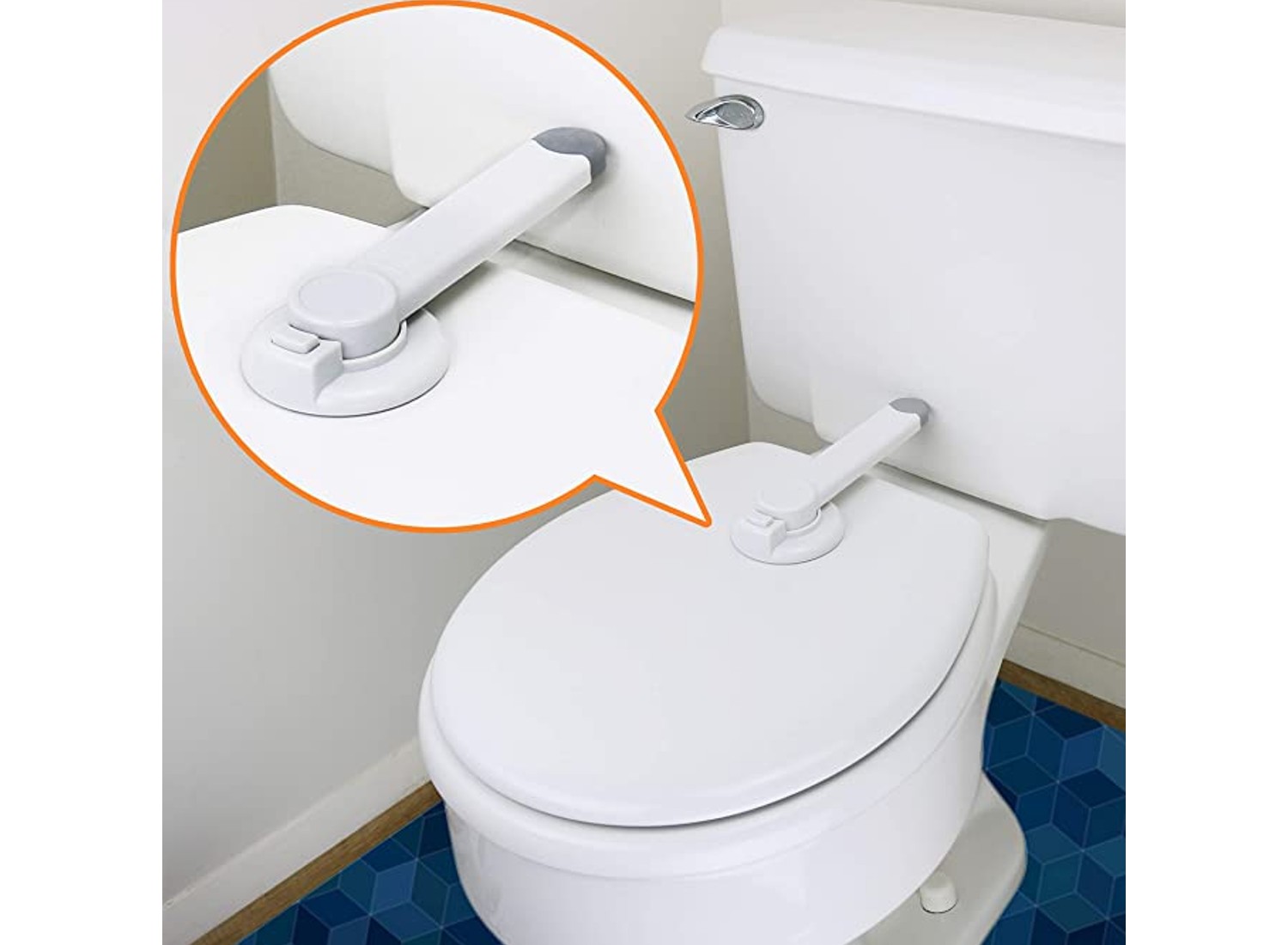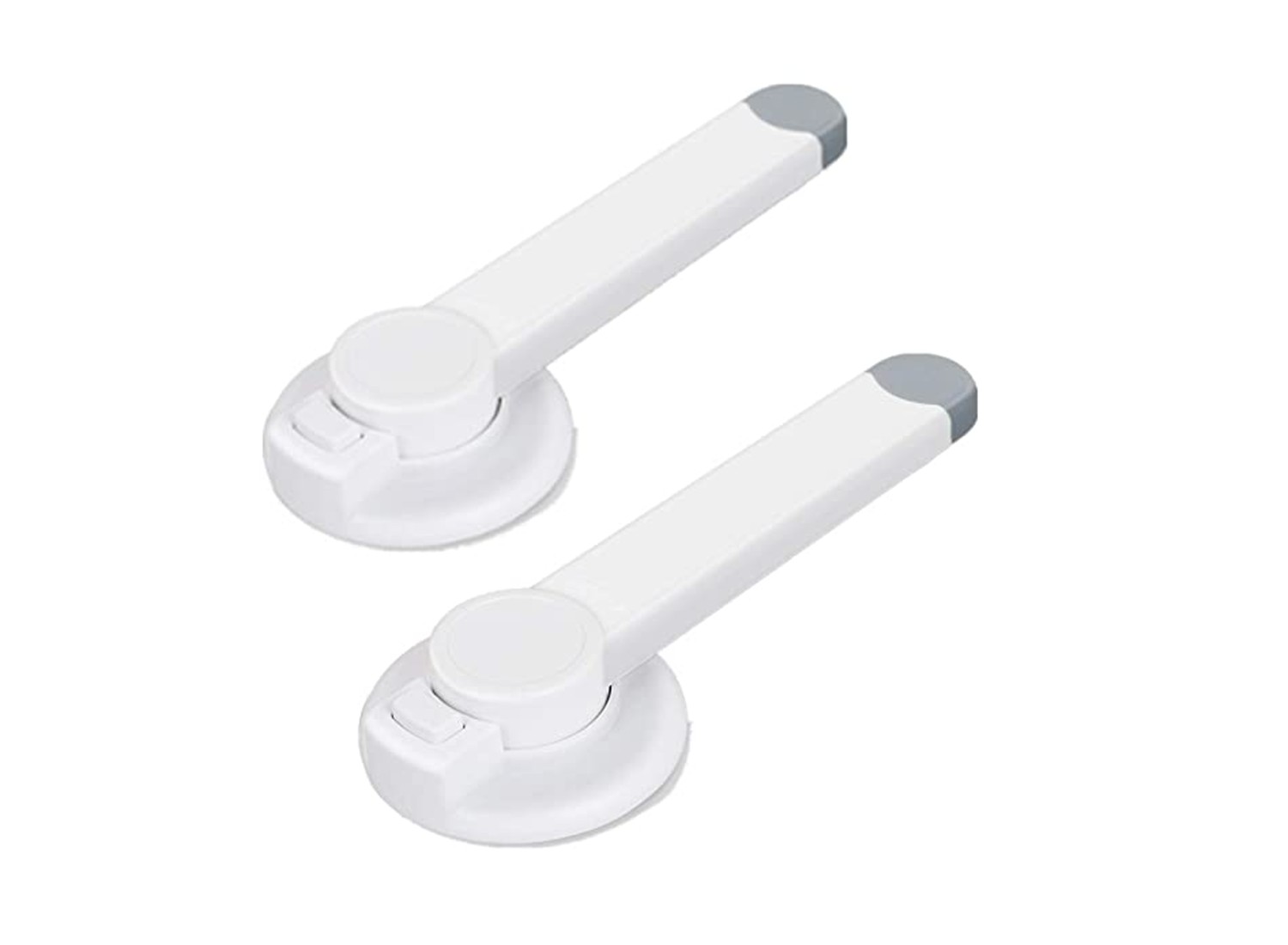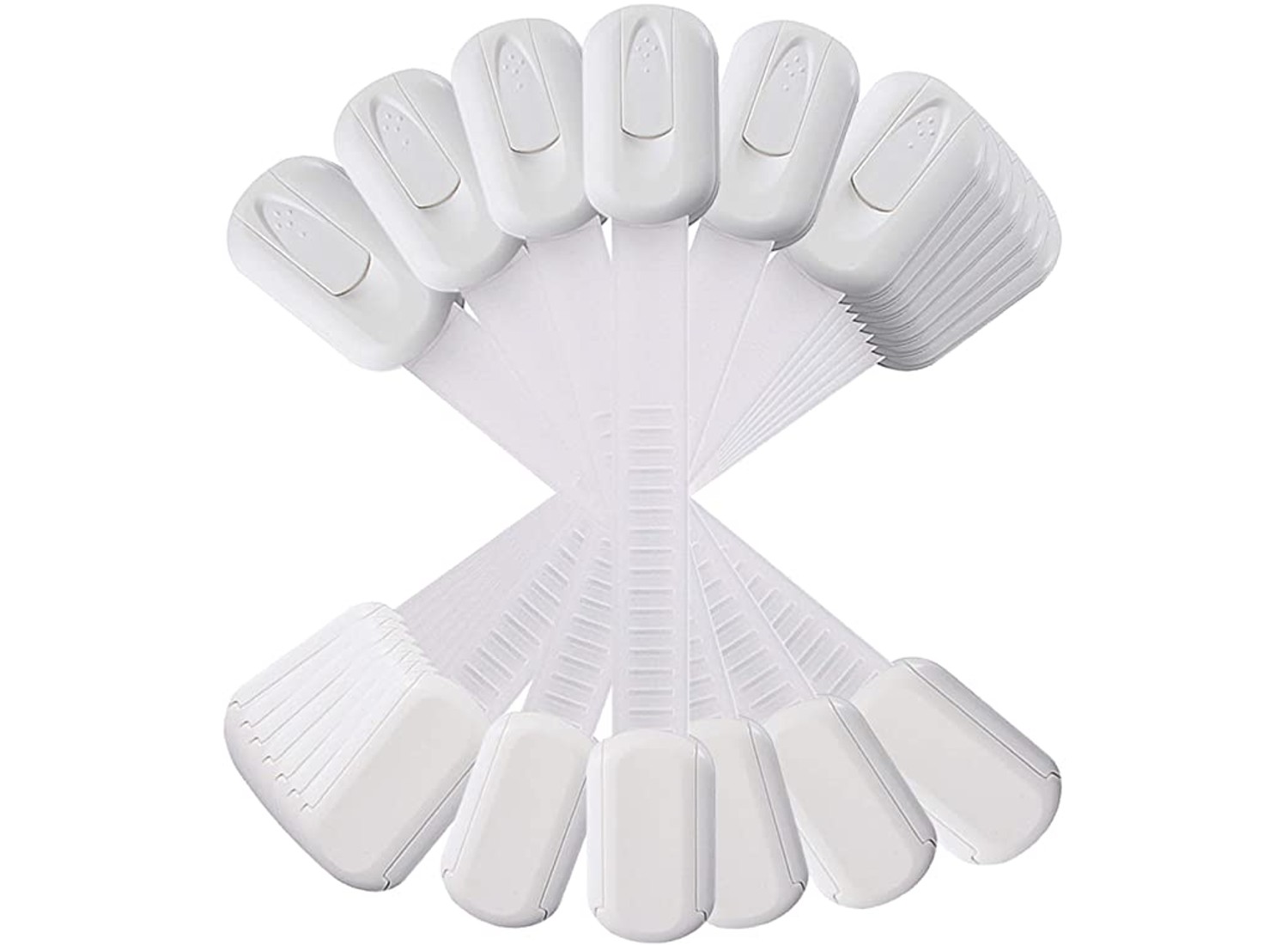The Best Toilet Locks To Keep Your Bathroom Safe for Kids and Pets
If there’s one thing that both kids and pets have in common, it’s that they need quite a bit of supervision at home. Unless you keep them in a room, they’re going to be exploring, and you can’t be constantly following them around the house if you’re busy with work or chores. And while you can babyproof most places in a home, there’s one area that needs extra attention — the toilet.
A toilet is a thing that’s only really useful once you’re old enough to understand how it works, and for your dogs, cats, and kids, they probably can’t really tell the difference between a chair and a toilet seat. To prevent your children from touching some nasty spots on your toilet, or your cat from bathing in toilet water, use the leading toilet locks for 2024 to keep your toilet secure when you’re not around.
Finding Your Next Toilet Lock: A Buyer’s Guide
Toilet locks may seem a little unnecessary to people who aren’t parents, but anyone with a child can find them to be very helpful. Here’s pretty much all you need to know about toilet locks.
The Struggle of Babyproofing Your Home
One concept that every parent learns eventually is the idea of babyproofing. It’s the act of creating a home or environment that’s safe for babies by limiting access to anything that may be harmful to kids. This can include hazardous chemicals such as bleach or paint, dangerous utensils and tools like knives and hammers or even fragile items like vases and picture frames.
Babyproofing can be a very difficult process, and it’s something you get better at over time. But one place that can be very difficult to manage is your toilet. You can’t just hide a toilet seat like you can with a bottle of bleach. And while you can lock bathroom doors entirely, it can end up being an inconvenience.
That’s why products exist specifically to help make babyproofing an easier process. The use of a toilet lock is one such example — it prevents your kids from using the toilet without making things inconvenient for you in the process.
Dedicated Toilet Locks — A Solid Bet
Toilet locks that are designed specifically for locking toilets are your best bet when it comes to babyproofing a toilet seat. They’re made to support as many different toilet models as possible, and you’re more likely to use this than any other type of toilet-locking mechanism. The advantage of a toilet lock is simple — it’s very easy to use and does its job reliably.
The way that most dedicated toilet locks work is by clicking an extended piece of plastic into place. The plastic then holds the toilet seat lid in place, and if anyone tries to lift the seat, the plastic prevents it from opening. This effectively locks the toilet seat. The only way to open the seat is by unlocking the lock — and you need to move the plastic to the side before you can lift the lid.
While this may seem like a great choice, it comes with one drawback — it doesn’t work on all toilets. Specifically, it doesn’t work on any toilet seat without a flat, 90-degree angled lid. This is due to the design of the lock, it can’t hold a seat in place properly if it isn’t flat. For these sorts of toilet seat lids, you’re going to need something else instead — a latch.
Take a look at this video from Wappa Baby for a visual explanation of installing a toilet lock:
Toilet Latches — Versatile But At A Cost
Latches are extensions that you can install on almost any flat surface. Once installed, they can either be connected together, with both sides clamping onto each other, or left unconnected. Basically, a latch holds both the toilet seat lid and the base of the toilet together. So, as long as the latch is connected, the lid can’t open. This has the advantage of being able to work with any toilet model, regardless of its shape or design.
If there’s one problem with this approach, it’s that latches are a lot more involved. You need to unlatch and latch the mechanisms every time. There’s also the matter of aesthetics — they won’t look nearly as clean and as sleek as dedicated toilet locks. Sure, aesthetics may not matter much on a toilet of all things, but it’s never a bad idea to have both your toilet and bathroom look presentable.
As for which type of toilet lock is best, there’s no real answer, but if you’re looking for something that’s easy to use and looks better, a good bet is a dedicated lock. Go for latches if you can’t use locks with your specific toilet.
Comparing the Top Toilet Lock of 2024 in Detail
Wappa Baby Toilet Lock – Best Overall
There are a couple of ways you can lock a toilet and prevent your kids from accessing it. And while there may be more merit to some methods than others, this lock is something you shouldn’t overlook. Made by Wappa Baby, this option looks pretty simple — but it’s actually really well designed, and it’s made to work with just about any 90-degree toilet seat. For other types of toilet seats, you will need to use another model, but if you have a standard toilet seat shape, this device will work just fine.
Pros
- Great price at less than $10
- Works with any 90-degree toilet seat
- Uses 3M adhesive
Cons
- Does not work with other toilet shapes
4our Kiddies Baby Toilet Lock – Easy Installation
Unless you live in an apartment or a really small home, you probably have more than one toilet seat you need to babyproof — one in your master bedroom and a more general-use toilet. You can, of course, buy two products, but what about getting a two-pack? This set of two baby locks works just like the previous product, and it’s very easy to install too, so you can have both devices up and ready to go in just a matter of minutes. It won’t take much time out of your day either, so you can do other things right after.
Pros
- Pack of two baby locks
- Very easy to install
- Comes with extra adhesive in case of improper installation
Cons
- You may have trouble installing it the first time
Erockbuy Baby Proofing Toilet Locks – Safest Design
Toilet locks are used for one reason — to keep your loved ones safe. Whether it be an inquisitive kid or a pet that’s just looking for some water, these products will help make sure they don’t do anything they don’t realize is dangerous. The locks are installed directly onto the back of your toilet-seat lid, and they only work with 90-degree toilet seats. Fortunately, most toilet seats support this sort of lock, so unless you’ve got a fancy model at home, this lock should work with no problems whatsoever.
Pros
- Helps keep your kids safe
- Sturdy lock
- Supports most toilet models
Cons
- The lock’s material quality isn’t the greatest
Munchkin Xtraguard Dual Action Latches – Elite Design
So far, we’ve taken a look at locks that work with most toilet seats — emphasis on “most”. But what if you have a toilet seat that doesn’t support the locks we just went through? Well, there’s another option — latches. Latches are devices that connect to two ends of a surface, this holds the two surfaces together and prevents them from opening. This particular latch comes in a set of two, perfect for installing on both ends of a toilet seat. It’s a little more involved than using a dedicated toilet lock, but it’s certainly better than nothing.
Pros
- General-purpose latch for devices and appliances
- Can be used on more than just toilet seats
- Allows you to lock toilet seats not supported by other toilet locks
Cons
- Can be a bit of a hassle to use
Vmaisi Multi-Use Adhesive Straps Locks – Great Value
If you’re someone who prefers quantity over anything else, then Vmaisi has the solution for you. They sell straps in packs of 12, so you can use them for your toilet seats, your microwaves, and more. The straps are all adhesive-based too, so they can be installed relatively easily. This product can also be bought in packs of four, six, or 16, so you can pick a size that fits your needs. The locks themselves aren’t the strongest, but they can work well since it’s very unlikely your kids are strong enough to break them apart.
Pros
- Available in packs of four to 16
- Great price with multipurpose use
- Small and compact design
Cons
- Not as sturdy or durable as other latches
People Also Asked
A: Toilet locks are easy enough to use and your child shouldn’t be able to tamper with them.
A: No, they are not. Some toilet lock designs only work with certain toilet seats and lids. For these sorts of toilets, you will need to use other locking mechanisms.
A: Toilet locks stay on a toilet using adhesives.




